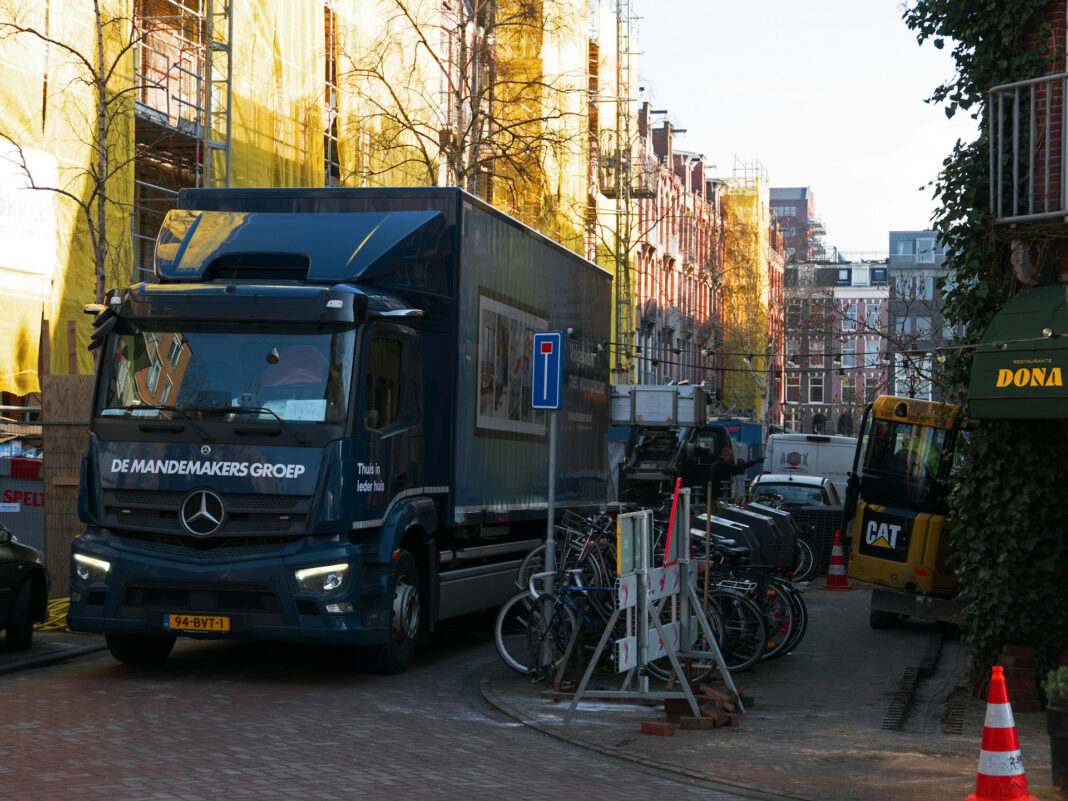Eco-friendliness might sound like a trendy marketing term, but its importance in transportation has never been greater.
When adopted by millions in major cities, making minor adjustments in transportation habits with climate change accelerating, reshaping our behaviors, routines, and societal structures to safeguard and hand down a healthy environment is now one of our most urgent tasks.
A fundamental component of this endeavor involves reimagining our modes of transportation. The transportation industry, surpassing all others in the United States, significantly contributes to greenhouse gas emissions, a primary driver of climate change.
Even minor alterations in this domain, multiplied across millions of individuals residing in major urban centers, have the potential to substantially decrease emissions and cultivate a more sustainable way of life for future generations.
Liveable Cities
Urban planners are currently confronted with a significant challenge – reclaiming city streets for pedestrians rather than vehicles.
City officials are focusing on sustainable transportation to enhance air quality, reduce emissions, and promote healthy lifestyles, aiming to limit car usage and create more livable cities.
Residents today desire more green areas, active transit paths, and convenient mobility choices for car-free travel between destinations A and B. Cities meeting these criteria are considered highly desirable places to live and are favored travel destinations.
Assistance with Commuting
Commuting can be a real pain! The idea of dealing with traffic congestion and parking hassles makes many workers opt for remote work. However, there is a solution: sustainable transportation can simplify travel from point A to point B without using a car.
Specifically, eco-friendly transportation can address the challenging first-and-last-mile issue (the distance between a transit stop and the final destination or vice versa) effectively.
By placing mobile transport choices (like e-scooters and bikes) near public transportation hubs, commuters can navigate downtown traffic more swiftly.
Research indicates that e-scooters are perfect for short daily trips and urban commutes. Similarly, ride-hailing services offer flexibility and a valuable commuting option in less crowded areas.
Lower Congestion
Many of us have experienced being stuck in rush hour traffic, wishing for a change. As office workers flow to and from work, the beginning and end of the workday lead to inevitable congestion in our cities, which can still be avoided!
With increasing urban populations and limited road infrastructure options, a sustainable transportation network is the ultimate solution for city leaders.
Traffic jams naturally reduce when commuters opt for environmentally friendly transport like trains, buses, bicycles, and e-scooters instead of personal cars.
It doesn’t take a mathematician to understand that 30 cars with a single occupant each occupy more space than a bus carrying the same number of people.
With fewer private vehicles on the road, less traffic congestion would result in shorter travel times. For heavy-duty trucks, sustainable transportation means more reliable delivery times and better energy efficiency, decreasing overall operating costs.
Arizona container movers have perfected the art of timely delivery through sustainable transportation solutions.
Enhanced Air Quality
Air quality in major cities worldwide falls short of being commendable with unhealthy levels of nitrogen dioxide and fine particulate matter prevailing globally.
An alarming 99% of the global population breathes air surpassing the World Health Organisation’s legal threshold. The issue is so extensive that a record-breaking 6,000+ cities are now monitoring air quality.
With the rising count of private vehicles, air pollution remains a persistent challenge. Embracing green transport reduces the number of cars on the roads and aids in mitigating air pollution.
Creates Jobs
Investing in sustainable transportation frequently generates additional job opportunities. Establishing the necessary infrastructure for public transit, creating eco-friendly alternatives to diesel vehicles, and staffing these new transportation modes offer employment prospects to needy individuals.
Interestingly, introducing public transportation in areas with high unemployment rates results in 2.5 times more job creation compared to placing them in regions with low unemployment rates. The advancement of sustainable transportation is also remarkably inclusive, engaging designers, innovators, construction experts, maintenance personnel, and various other skilled individuals.
Promotes Health
Sustainable transportation decreases emissions and air pollution and enhances community well-being.
Most Americans reside in regions where air pollution surpasses federal limits. A significant shift to public transit could substantially reduce pollution levels, benefiting individuals by improving air quality and extending lifespan.
Additionally, alternative sustainable transportation methods such as cycling and walking offer commuters physical activity without emissions, contributing to personal health and the community’s well-being.
Endnote
Encouraging travelers to adopt technology for sustainable tourism enriches their experiences and benefits the world. Embracing technology to safeguard our planet through responsible travel isn’t optional; it’s an essential move toward a sustainable and prosperous future.






